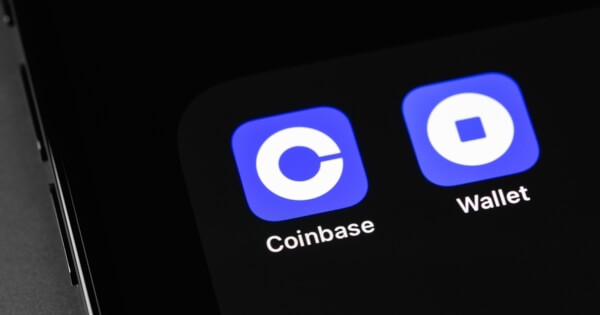
Source: blockchain.news
Coinbase is moving towards simplifying the onboarding process for web3, bolstering both the security and recovery of crypto wallets. The company is implementing a cryptographic technique called Multi-Party Computation (MPC) to remove key management hurdles that have long been a barrier to mainstream web3 adoption.
The MPC technique allows multiple parties to collectively calculate a function on their private inputs, while ensuring that their inputs remain confidential. This technique increases the security of the wallet’s private keys by requiring at least two participants to create valid signatures. It further simplifies key management by distributing individual key shares among participants, reducing the likelihood of wallet theft.
According to research by Chainanalysis, an estimated 20% of bitcoin tokens, equivalent to over $100 billion in market value, are lost due to mismanagement of keys. Coinbase aims to address this issue by implementing MPC technology within its products, highlighting its benefits for end users.
In traditional web3 wallets, a user’s private key unlocks ownership of the wallet, just like an account password. However, there are no reset or recovery options for standard wallets. A lost private key results in the loss of access to the funds in the wallet. Coinbase believes that for web3 adoption to increase, private keys need to be secure yet recoverable. The application of MPC technology allows key control to be distributed among multiple parties, offering more reliable key recovery and stronger security.
Using Coinbase’s MPC technology addresses three main workflows: key generation, signing, and key backup and recovery. The company leverages an ECDSA threshold MPC cryptography protocol (tECDSA), which requires at least two of the total shared keys to participate in the signing in order to reach a consensus.
To make the wallet experience more user-friendly, Coinbase offers user-owned backup options such as cloud, local, and hardware backups. These are faster and offer offline recovery, allowing users to transfer or recover their wallet without involving Coinbase’s servers.
Additionally, Coinbase Wallet-as-a-Service (WaaS) splits the backup encryption key between the user and Coinbase, allowing users to authenticate and regain access to their wallet while preserving their privacy and legal identity. .
With its focus on bringing the next billion users on-chain, Coinbase hopes to set the industry standard in the web3 ecosystem by removing the friction and complexity of crypto transactions and dapp interactions. The company is currently developing products for both developers and users, including a new SDK for native apps to connect with the Coinbase Wallet and an open dapp marketplace that can be accessed without a Coinbase account.
Read More at blockchain.news